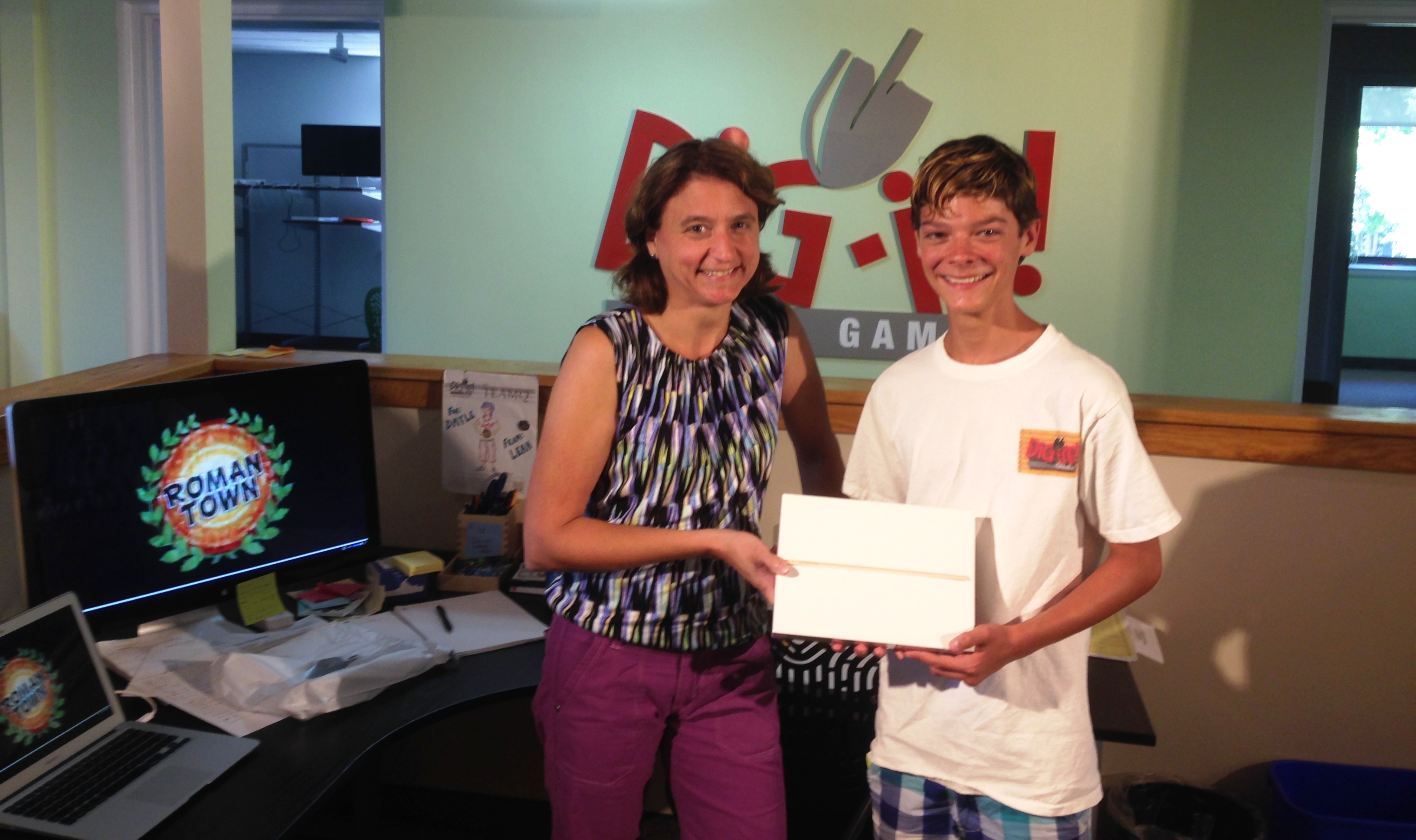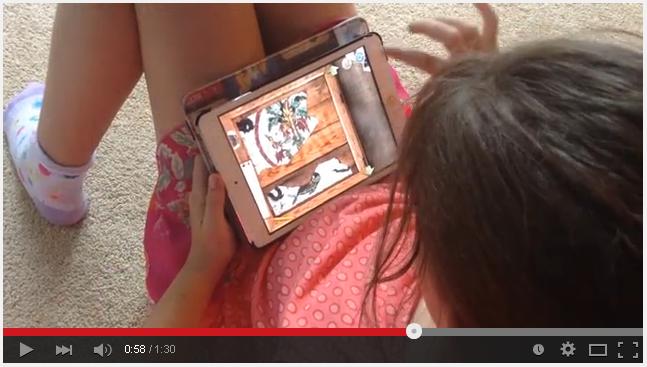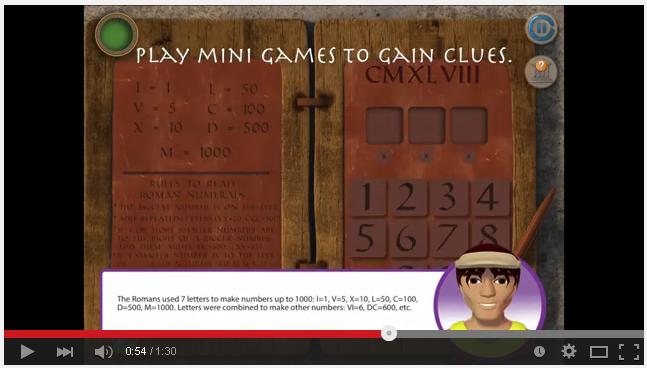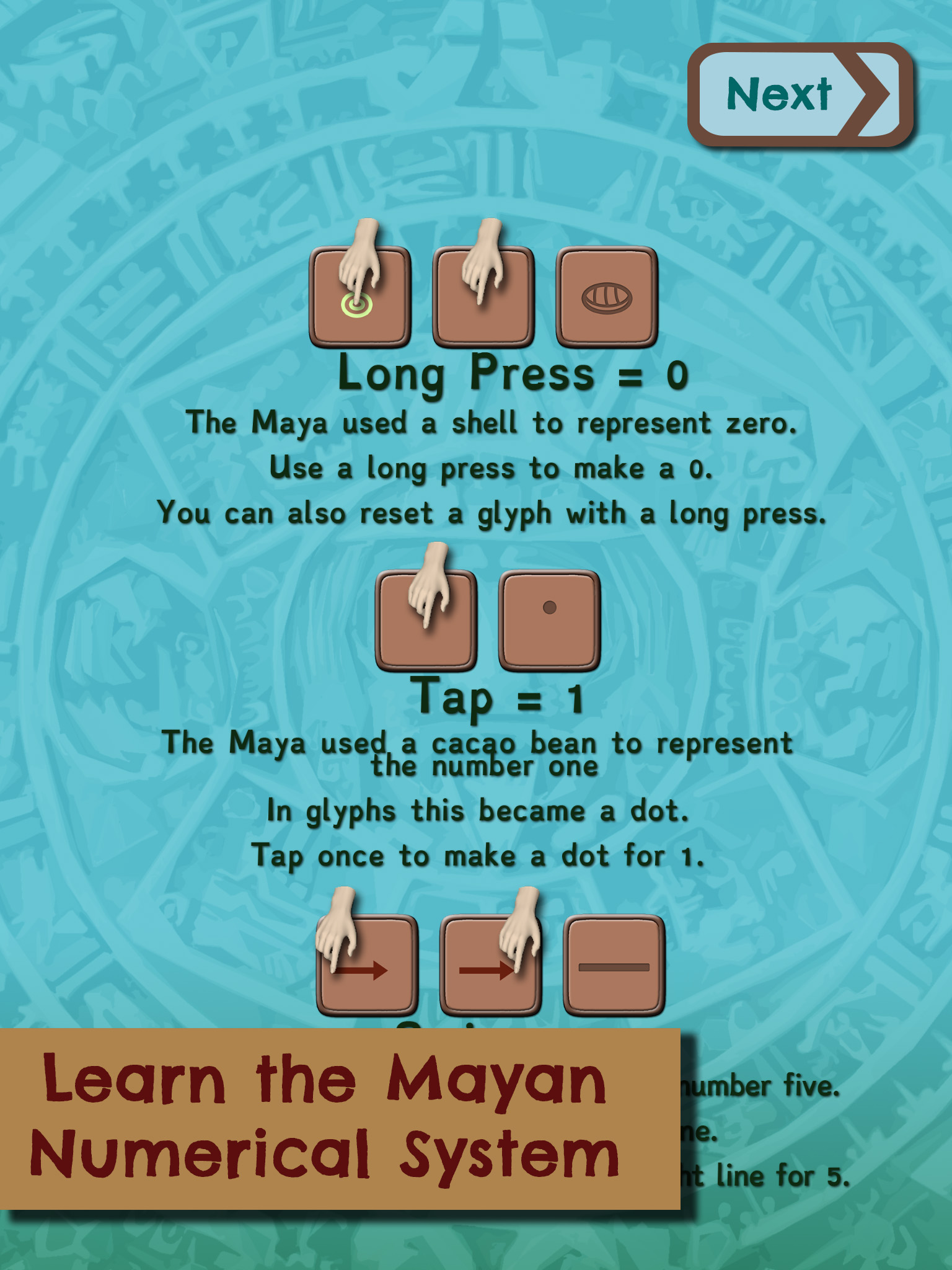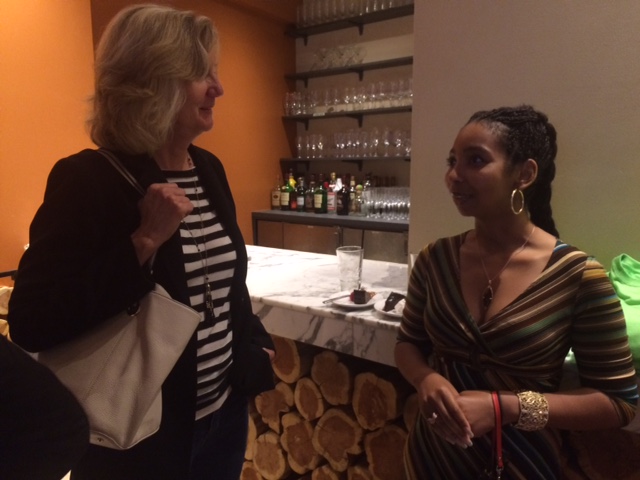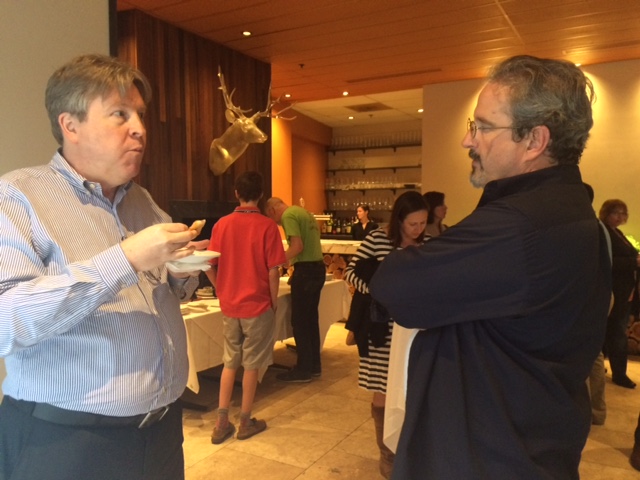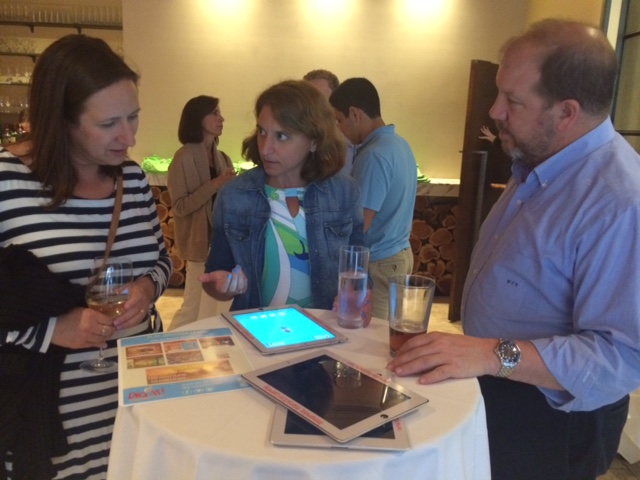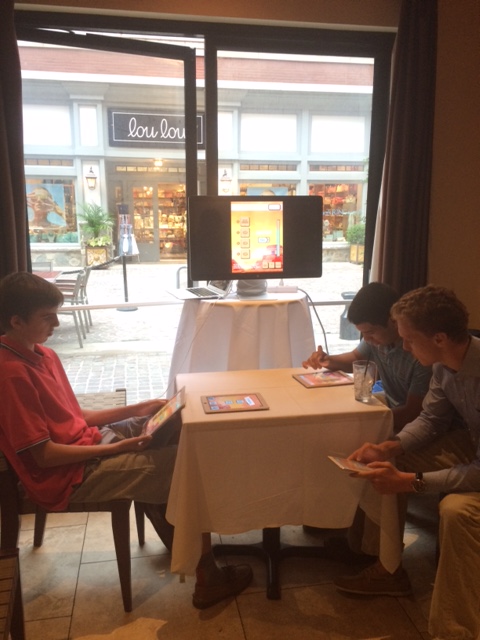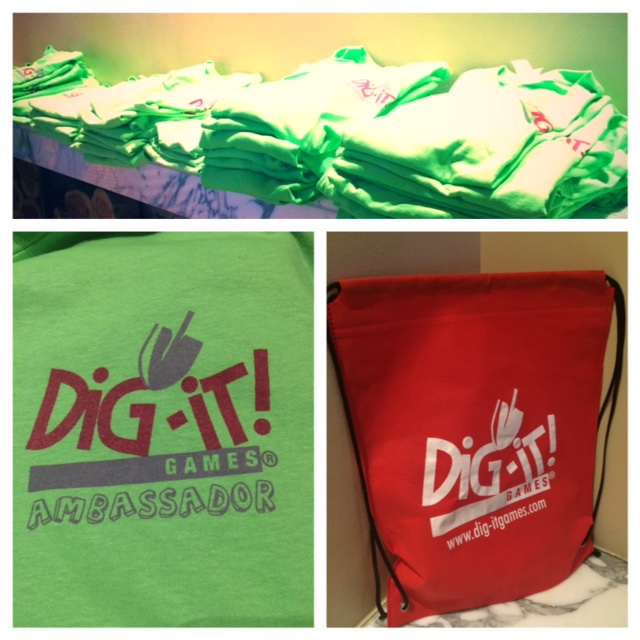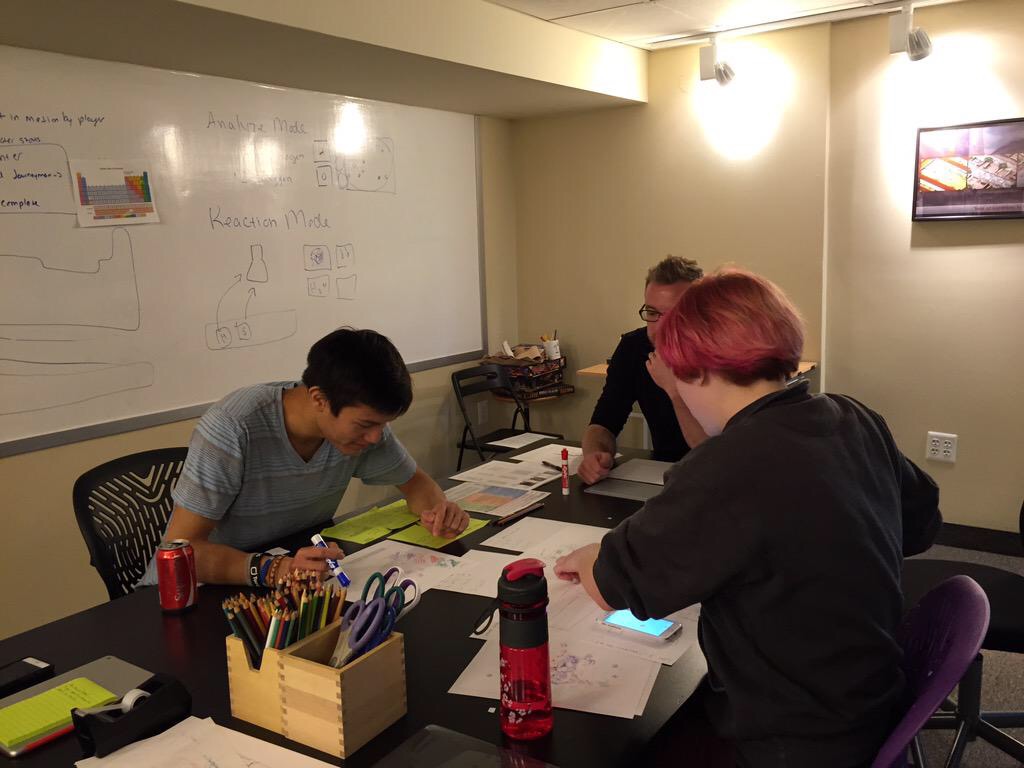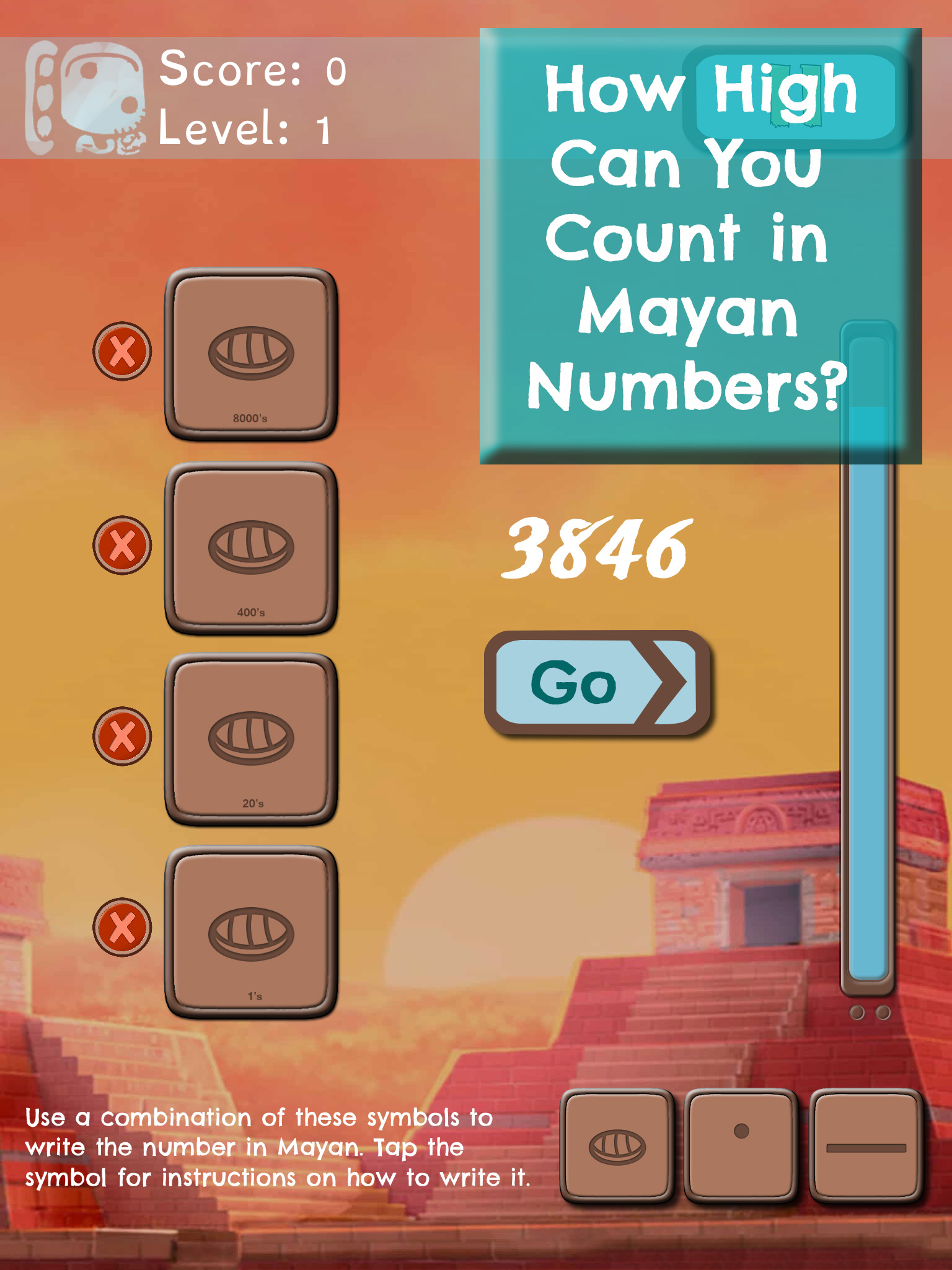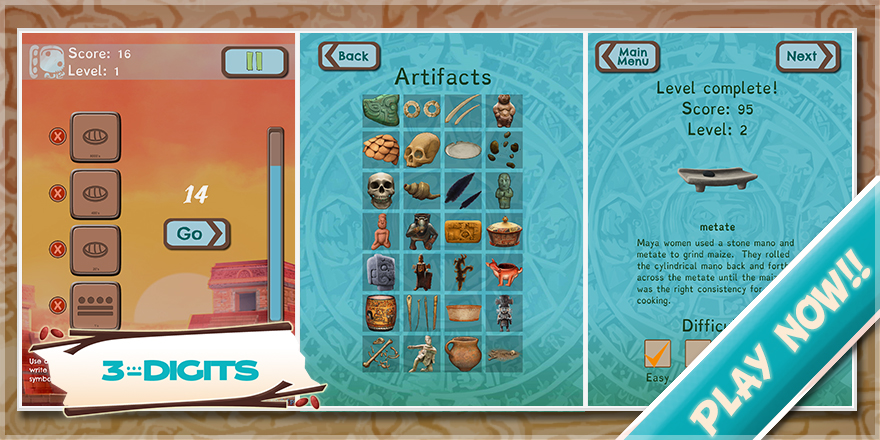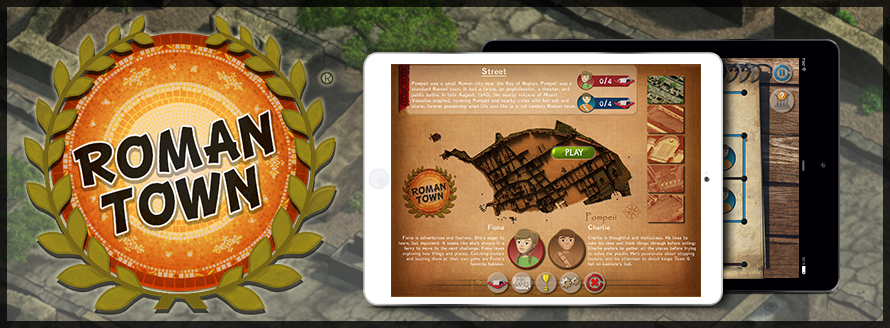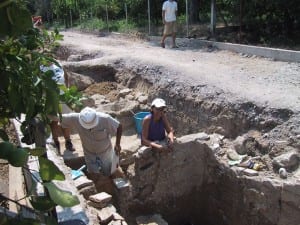Creative & Talented: Meet Nicolas Baker, Winner of the Roman Town Video Trailer Contest
Last month, the Roman Town™ Video Trailer Contest came to an end when the talented and innovative Nicolas Baker was chosen as Dig-It! Games’ winner. Since then, he’s visited the studio and hung out with the Dig-It! Games team, received the prize of an iPad, and downloaded it with all of Dig-It! Games’ apps. We spoke with Nicolas, 14, about his creative process and what he loves about our games.
How did you develop your entry for the Roman Town Video Trailer Contest?
I started to brainstorm story ideas. At first, I had this idea for a spy mission, in which spies are trying to steal the iPad with the game on it. Then I realized that the storyline took too much time, so I decided to focus on screenshots of the game.
I used Final Cut Pro at school in the media lab. The contest was announced after final exams were over, so I spent class time working on the project, as well as after school. I did ask my media teacher for any additional editing software for the iPad, but the iMovie app did not give me as much freedom as I wanted.
I used screenshots of the game itself mixed with A-Roll of my sister and dad playing Roman Town. I wanted to give the audience a clear indication of who was playing the game, so I used an above the shoulder shot with my sister to show it was a young child and which game was being played. Then with my dad, I wanted them to know it was an adult—but they already knew the game, so I could just show him without the iPad screen.
How much time did it take you to finish the project?
Working one day each week, it took me about a month to complete.
Do you want to be a filmmaker when you grow up?
I’ve spent three years of my middle school experience learning about media production and video editing, but I’m really interested in animation and art. I’d like to be an animator for Disney. After I did this project, it got me more interested in video editing and I’d like to take those skills, along with web and graphic design, to start a freelancing business.
What made you want to enter the contest?
I got the e-mail announcing the contest. I’ve known about Dig-It! Games for a while. I like their apps—they’re cool and fun. I realized I had plenty of experience to make a great trailer; it gave me the chance to take my learning experience and put it into a professional game trailer.
How did you feel when you won?
I was at the pool when I found out. I was checking to see if my parents were in touch, saw the subject line of the e-mail which said Congratulations, and I was really excited. I wasn’t sure if I’d gotten first place or second place at the time, but then I read through the entire e-mail and was ecstatic.
How did your parents react?
I called them and my mom first thought I was joking, but then I read through the whole e-mail with them. They’re proud of me.
What’s your favorite mini-game in Roman Town?
My favorite subject at school is math, so I like the translate Roman Numerals game.
Would you be interested in becoming an artist at Dig-It! Games someday?
I really like the studio. Winning was the third time I’ve been there. I was able to talk to the artists and game designers, and they got to show me some of their animation software. I’d like to intern at Dig-It! Games or work part-time when I get older.

